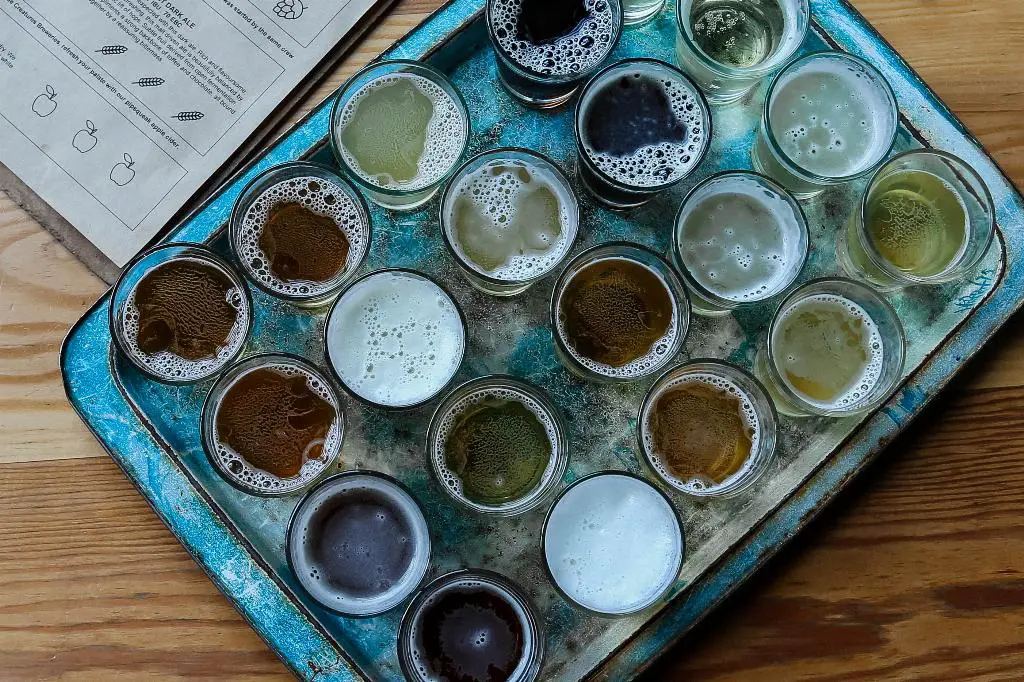When it comes to vinegar, there are different methods you can use to pasteurize it at home. Pasteurization will increase the shelf life of the vinegar, but it’s worth noting that it will also eliminate the raw and probiotic qualities that some individuals seek. If you prefer to have a pasteurized vinegar, let’s explore a simple method to achieve that.
Gather Your Supplies
To get started, you’ll need a few supplies. First, ensure you have a non-reactive pan, such as stainless steel or glass, to strain the vinegar into. This will prevent any unwanted reactions during the pasteurization process. You’ll also need a thermometer to monitor the temperature, as well as glass bottles with airtight seals for storing the finished vinegar.
Strain and Heat the Vinegar
Start by straining the vinegar into the non-reactive pan. This step will remove any debris or impurities present in the vinegar. Once strained, it’s time to apply heat. Slowly bring the temperature of the vinegar up to 140°F (60°C), taking care not to exceed 160°F (71°C). This temperature range ensures that harmful bacteria and microorganisms are eliminated while preserving the acidity and flavor of the vinegar.
Monitor and Maintain the Temperature
As you heat the vinegar, it’s essential to monitor the temperature closely. Use the thermometer to keep track of the increasing heat. It’s crucial not to overheat the vinegar, as excessively high temperatures can impact its taste and quality. Maintain the temperature within the recommended range of 140°F to 160°F for at least ten minutes to ensure proper pasteurization.
Bottle and Store
Once the vinegar has been heated and pasteurized, carefully transfer it into clean, sterilized glass bottles. Remember, it’s crucial to store the bottles in a cool, dark place to protect the vinegar from direct sunlight. This will help preserve its flavor and quality for an extended period.
Label and Date
To keep track of your pasteurized vinegar, consider labeling the bottles with the date. This simple step will help you identify the age of each batch and ensure you use the vinegar within a reasonable timeframe. Properly labeled bottles also add a professional touch if you plan to gift or share your homemade pasteurized vinegar.
Utilizing Pasteurized Vinegar
Now that you have successfully pasteurized your vinegar, you can use it in various culinary applications. Pasturized vinegar is particularly suitable for dressings, marinades, pickling, and other recipes that require a vinegar with an extended shelf life. Keep in mind that due to the elimination of probiotic qualities during pasteurization, if you desire the potential health benefits of raw vinegar, consuming pasteurized vinegar may not offer the same advantages.

Enjoy Your Pasteurized Vinegar
By following these steps, you can confidently pasteurize vinegar at home. Remember to handle the vinegar with care throughout the process and store it properly to maintain its quality. Whether you’re looking to prolong the shelf life or prefer the taste of pasteurized vinegar, this method provides a simple and effective way to achieve your desired end product. Now, go ahead and enjoy the versatility and convenience of your homemade pasteurized vinegar in your favorite recipes!
